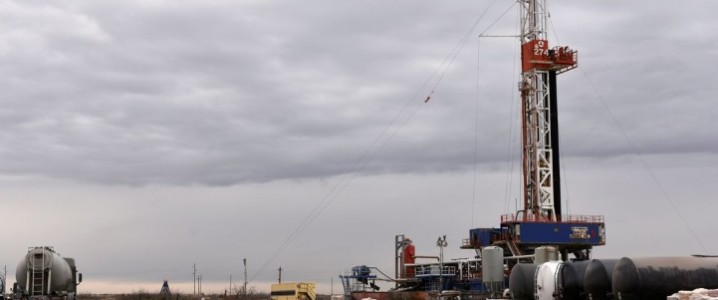Pressed on whether new sanctions on Russian oil could hurt the global market, President Trump brushed it off on Tuesday: “I don’t worry about it. We have so much oil in our country. We’ll just step it up, even further.”
It’s a confident line—but critics argue that it’s not exactly in sync with how the U.S. oil patch is operating in 2025. So unless there are external changes to the US oil industry, the amount of oil that lies beneath the US may not turn into above-ground barrels.
For all the criticism, though, US oil production is still strong. The U.S. is pumping about 13.2 million barrels per day, with nearly half of that coming from the Permian Basin. Analysts mostly agree that US oil output is expected to rise only modestly through 2026. But instead of stepping on the gas, most operators are riding the brakes.
The latest Dallas Fed energy survey shows rising uncertainty among drillers. The average breakeven price for new wells in the Permian now sits around $64 a barrel. With WTI bouncing between $65 and $70 lately, the math doesn’t exactly scream expansion.
Meanwhile, the Baker Hughes rig count tells its own story. The number of active oil rigs in the U.S. has fallen to 415, down seven in just the past week. The Permian lost three rigs, bringing it to its lowest count since 2021. Companies are reluctant to sink fresh capital into drilling when Wall Street wants dividends, not growth.
Even with roughly 44 billion barrels of proved oil reserves, tapping them isn’t as simple as flipping a switch. It takes infrastructure, permitting, labor, capital, and, most of all, pricing that justifies the risk.
Trump’s bet—that American producers can fill the gap if Russian supply is squeezed—assumes a level of flexibility the current market isn’t showing. There’s oil in the ground, sure. But whether it comes out fast enough, or profitably enough, is another question entirely.
By Julianne Geiger for Oilprice.com
More Top Reads From Oilprice.com

